This was something special for me. I had only ever seen one, several years ago at Minsmere, and it had been too far away to either photograph or successfully look at the finer points. Here was an opportunity not to be missed!
There were two but only one had been ringed and that was the furthest away.From a photographic point of view the better of the two was a bit closer !
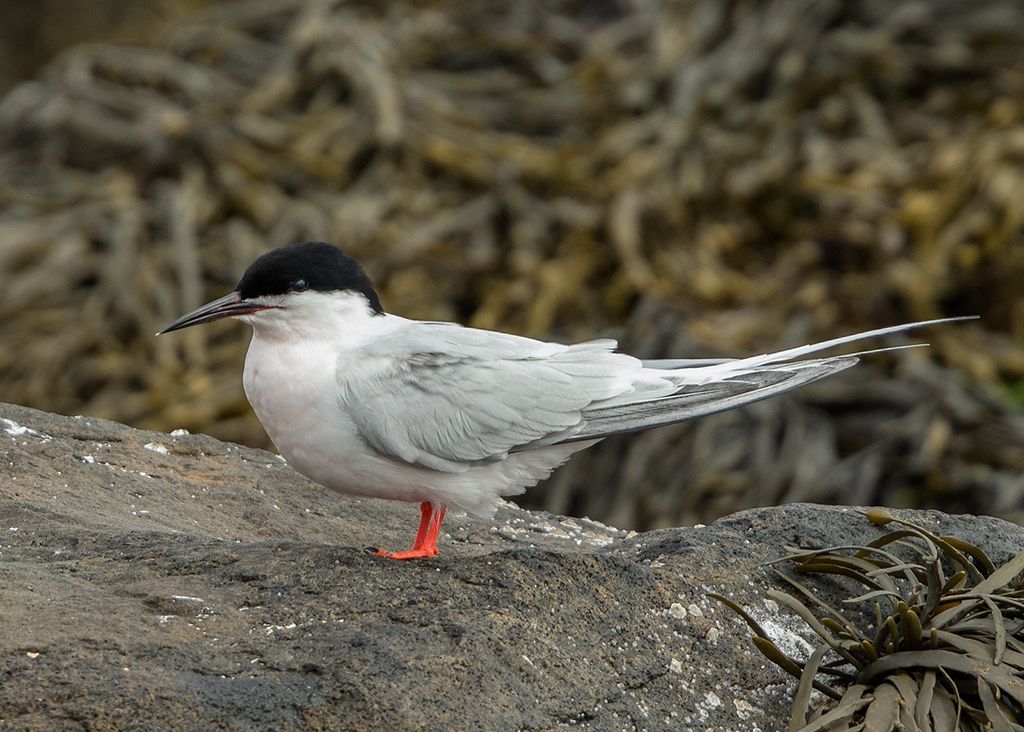
An elegant bird but easily confused with an Arctic to the untrained eye.
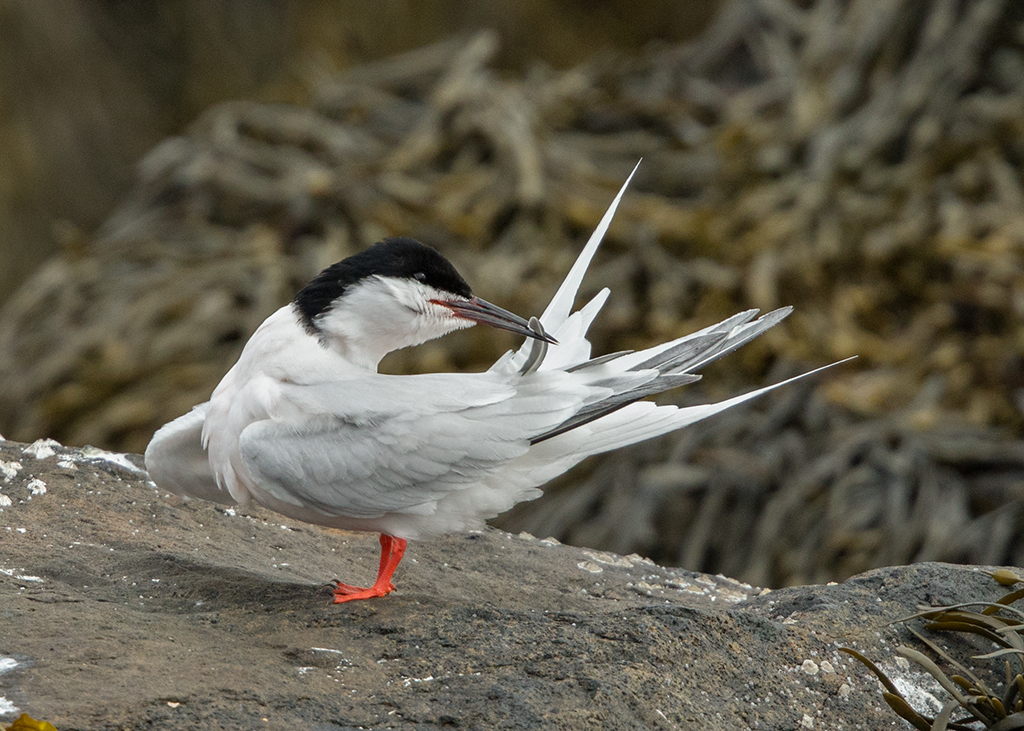
The rosy breast shows ever so slightly and then only in the right light. The biggest give away is the length of the bill.
Unfortunately I never did get to see them in brighter light despite my regular checks as they were often missing although they were occasional seen by others during our week on the island.
One bird that was still plentiful in presence were the female Eider Ducks.
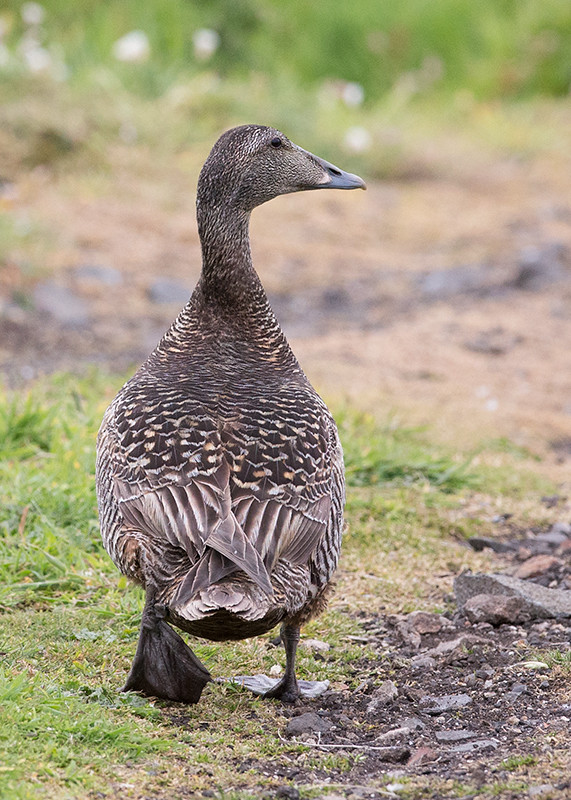
Some where sitting on eggs still but there were few chicks in evidence.
The much more attractive males had all gone back to the mainland, well all except one and that one kept it's distance whenever he saw humans. A far cry from an April visit when their mating calls dominate the island.
Still, the females fishing in the harbour made interesting subjects
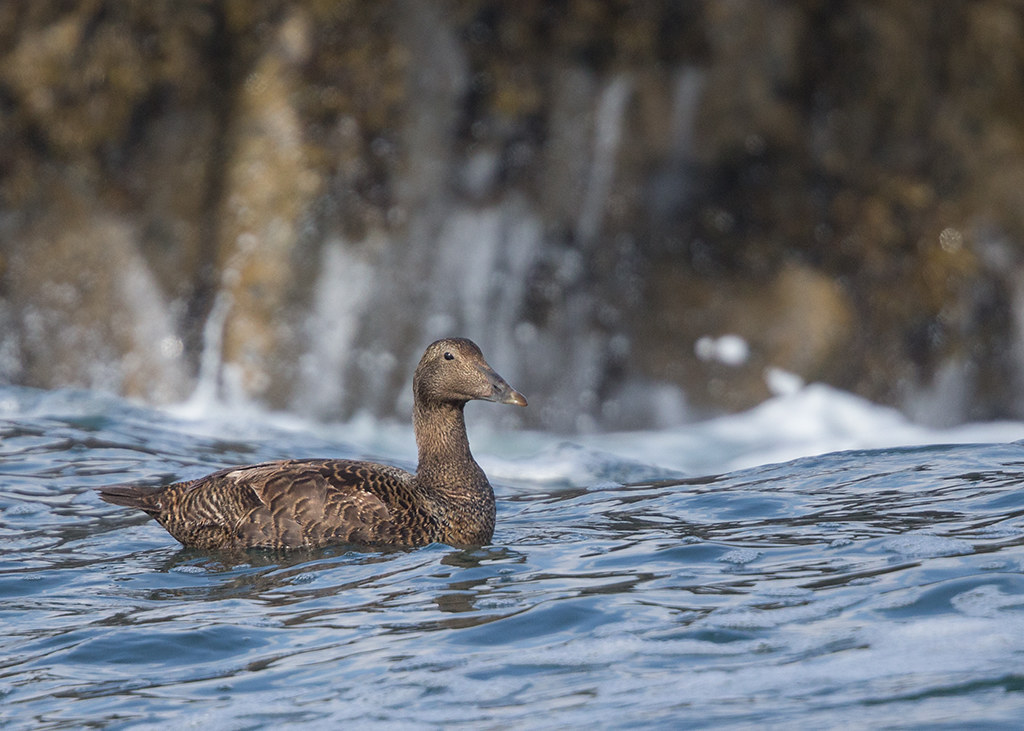
They too tended to keep their distance but this one didn't spot me hiding behind some rocks!
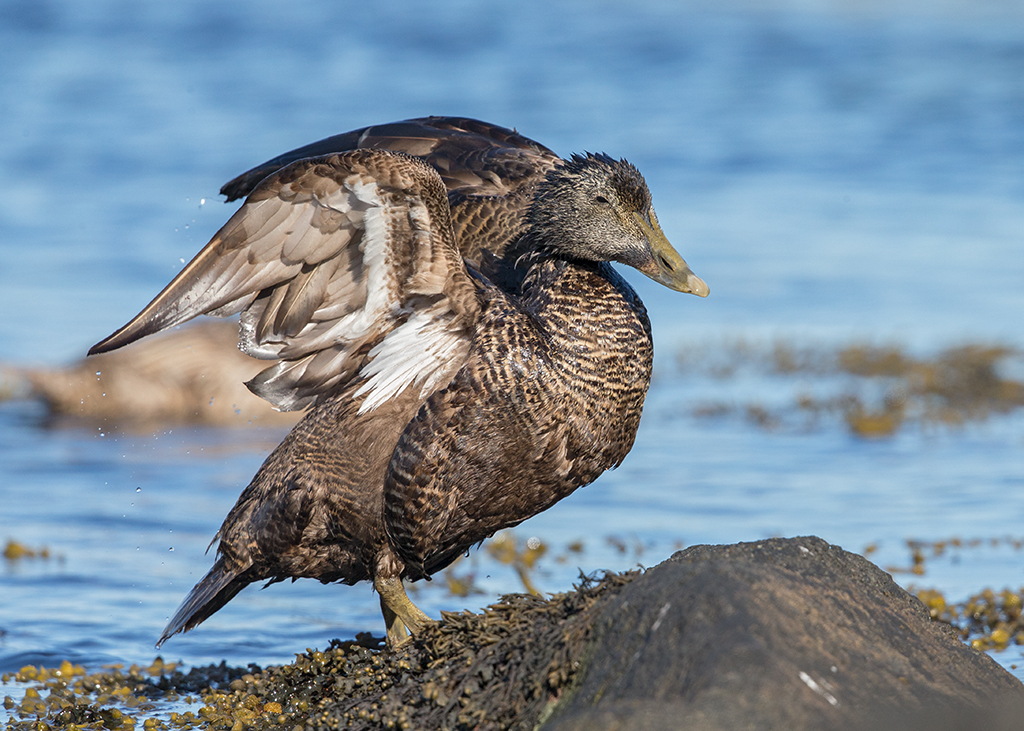
They tend not to fly if they can avoid it, often walking quite long distances but now and again an opportunity for a flight shot presented itself.
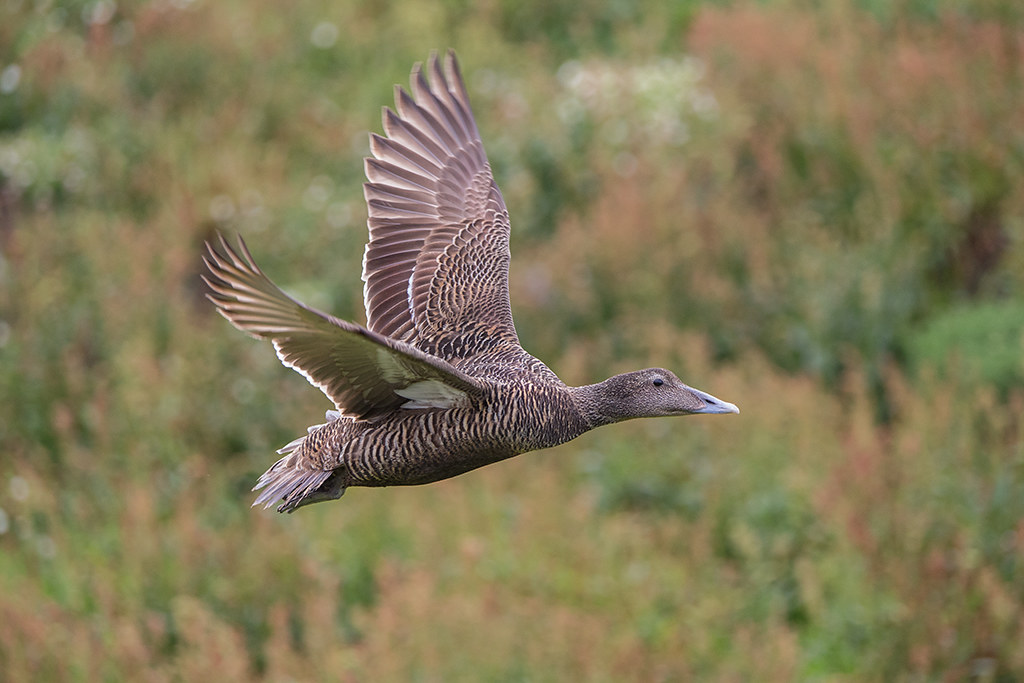
Another breeding bird small in number but loud in voice was the Oystercatcher.
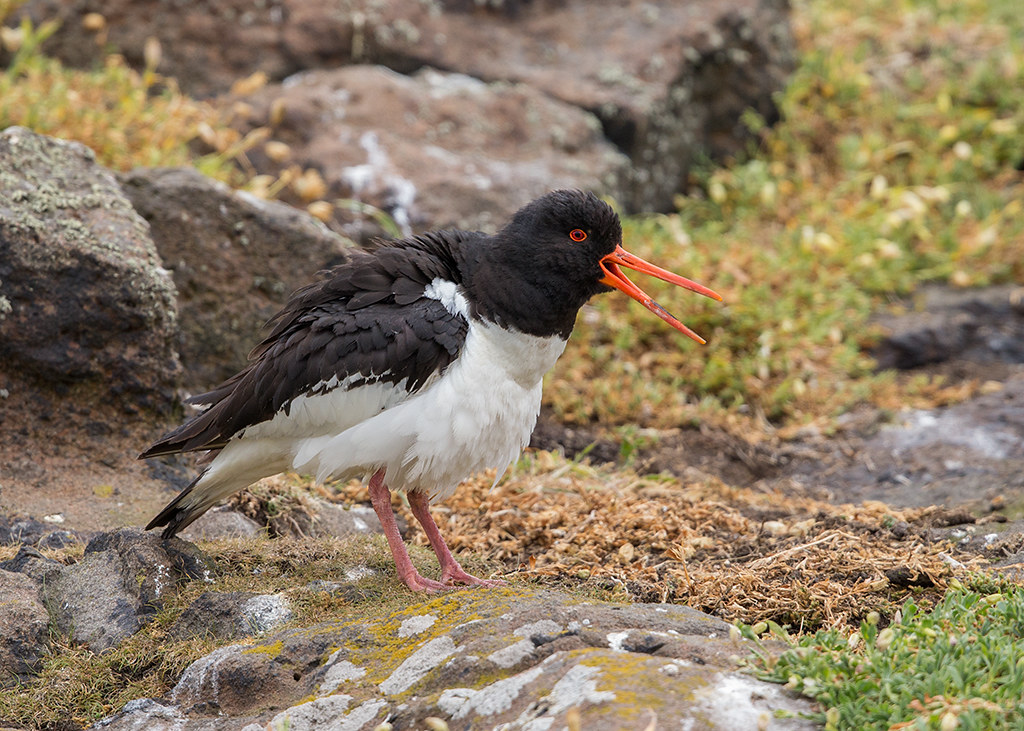
They certainly made quite a loud warning call when perceived danger was about.
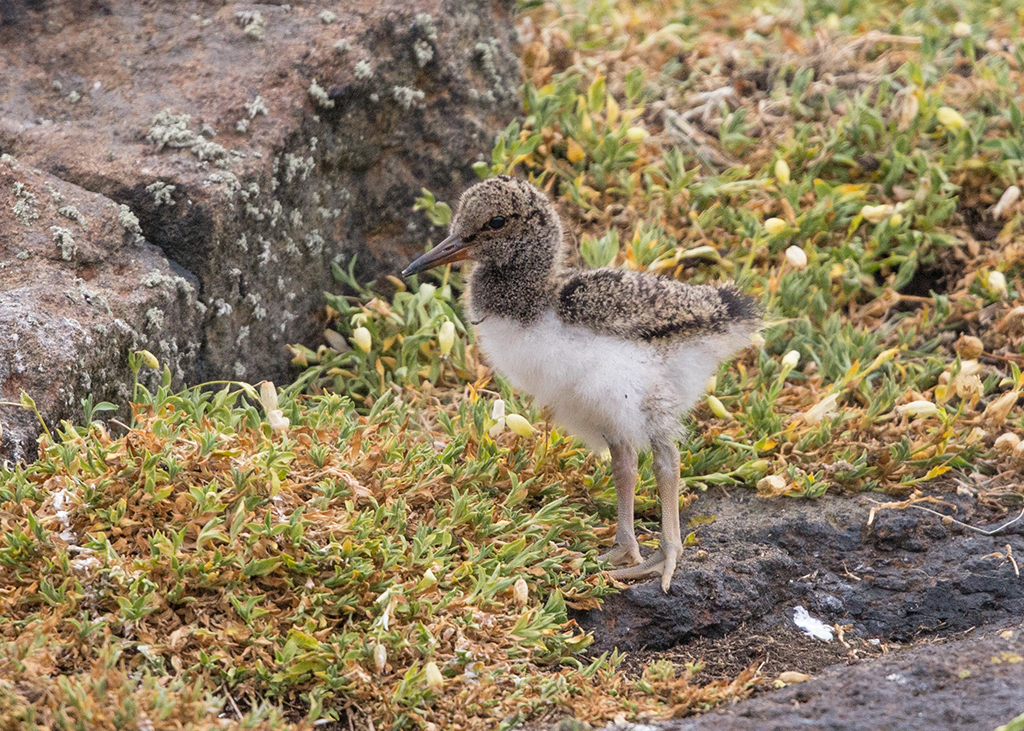
It worked as the chicks were seldom seen.
One brood that were easy to photograph were the Rock Pipit.
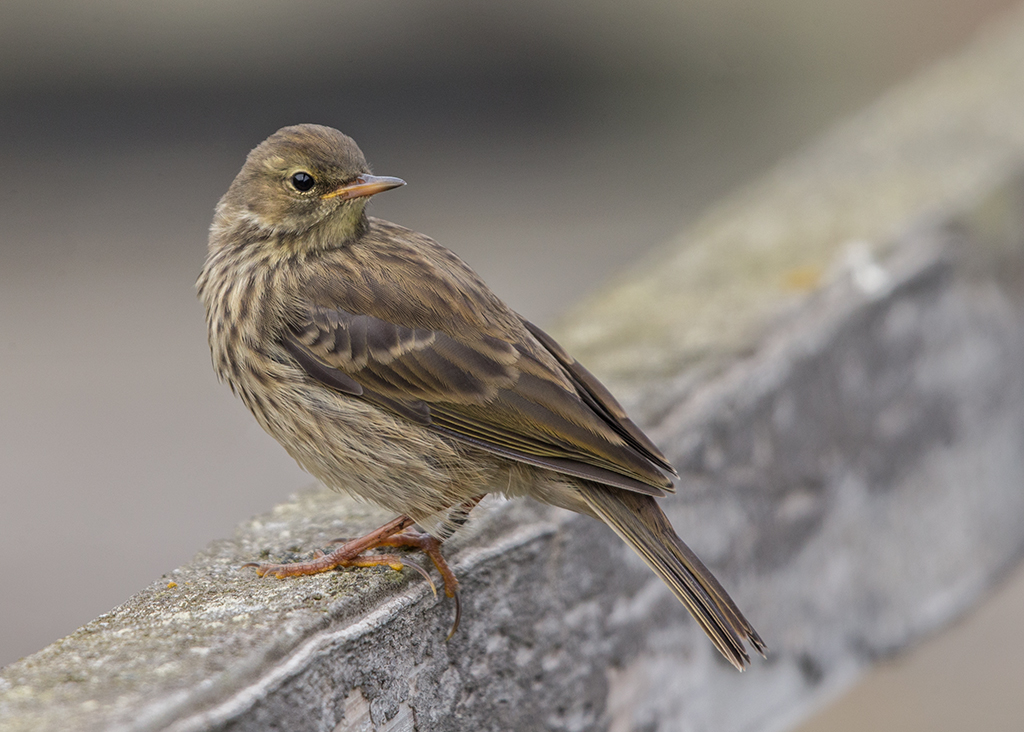
Quite advanced in age they were still being fed by attentive parents.
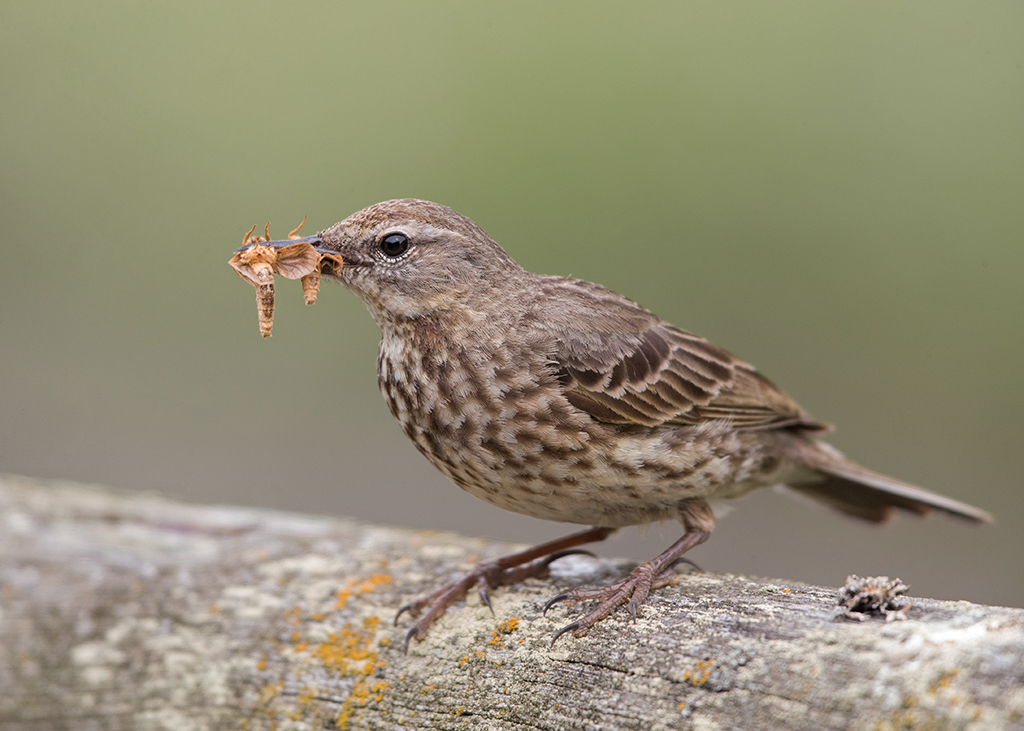
I spent barely 20 minutes with them during the whole week..another regret now!
I was much keener trying to find shots of the Auks with bills full of food.
I had done the Puffins... easy.
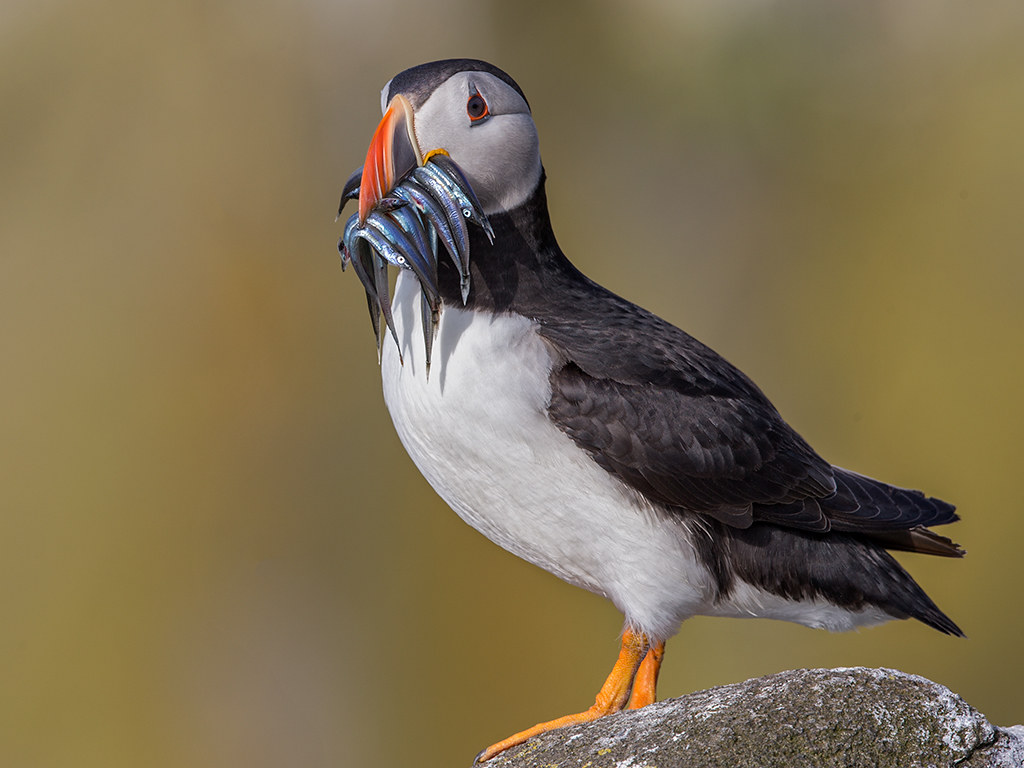
Had a few Guillemots
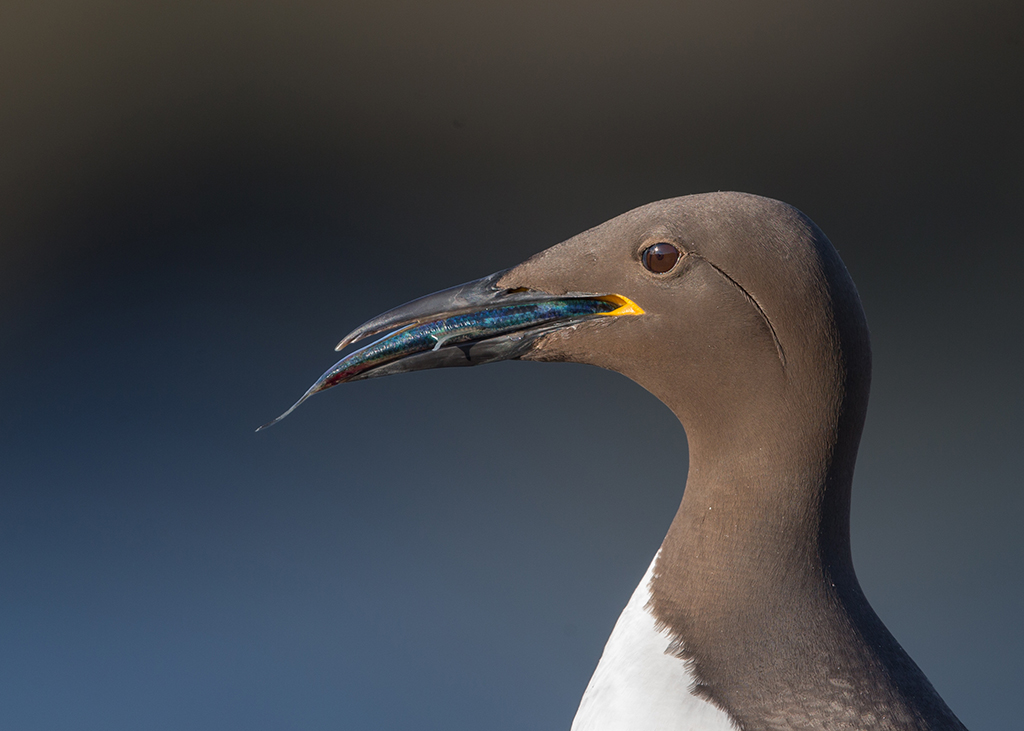
but the Razorbills eluded me right to the end. Another reason to return!
So that was it really, another week over and time to go home.
There is always a sadness on leaving the island. It is a special place for me and many others.
You are cut off from the mainland. Yes, there is mobile reception but that is it. No internet,no TV,no attempt to use the radio.
Just peace of a different kind.
There is plenty of noise, I woke up most mornings around 4.00am with the sound of the Gulls, but there is something special about being out there away from "civilisation".
You are there to witness the battle for survival that all these birds go through each and every day.
Leaving the island behind brings both a sadness and a new expectation of returning home.
There are lots of other places I would love to explore, like the distant Bass Rock, home of one of the world's biggest Gannet colonies.
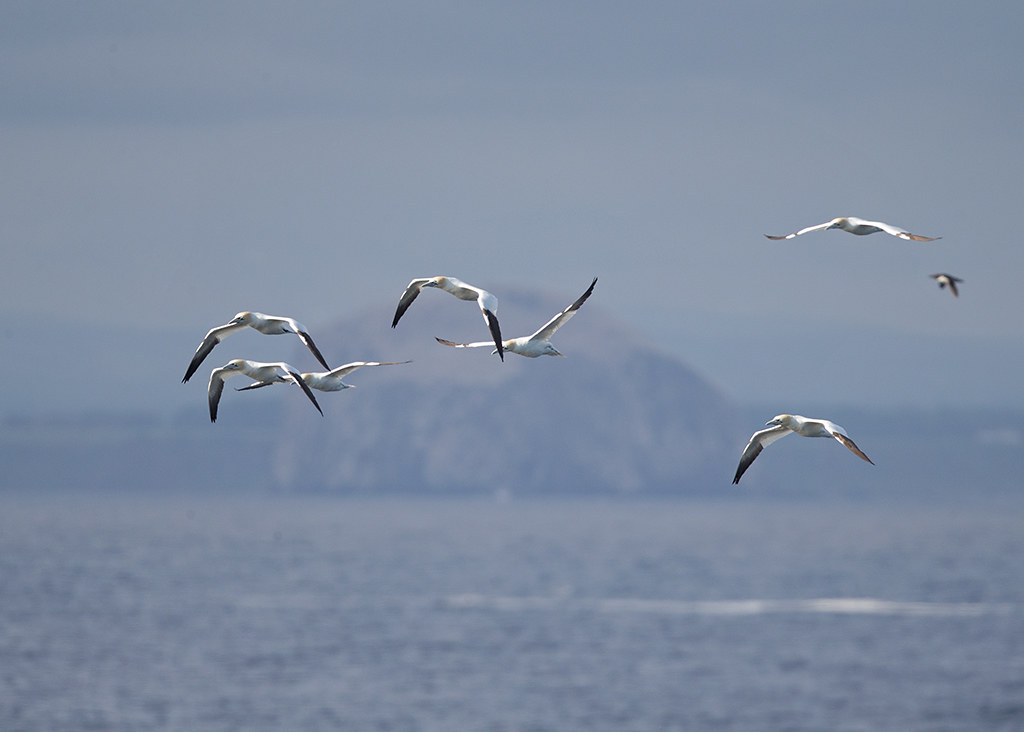
but somehow I know I will return, availability permitting of course.
A week's visit isn't for everyone but some might like to investigate the opportunity further.
The Observatory web site is here:-
http://www.isleofmaybirdobs.org
Anyone is welcome to apply to stay but members do , rightly, get priority.
It's only £15 per year to join and the money raised goes to good cause.
The autumn migration weeks are always in strong demand but out of that period there is a better chance of applying successfully.
You are guaranteed a warm welcome. Try for yourselves!
Dave
Such a wonderful post you have done here.Yahoo customer service
ReplyDelete